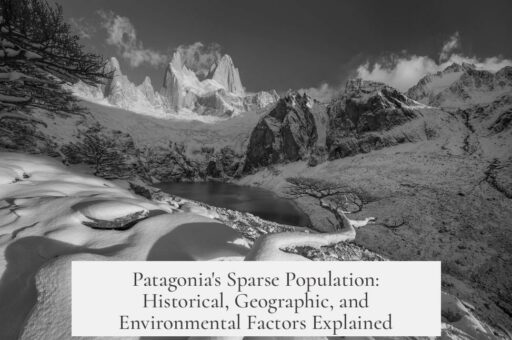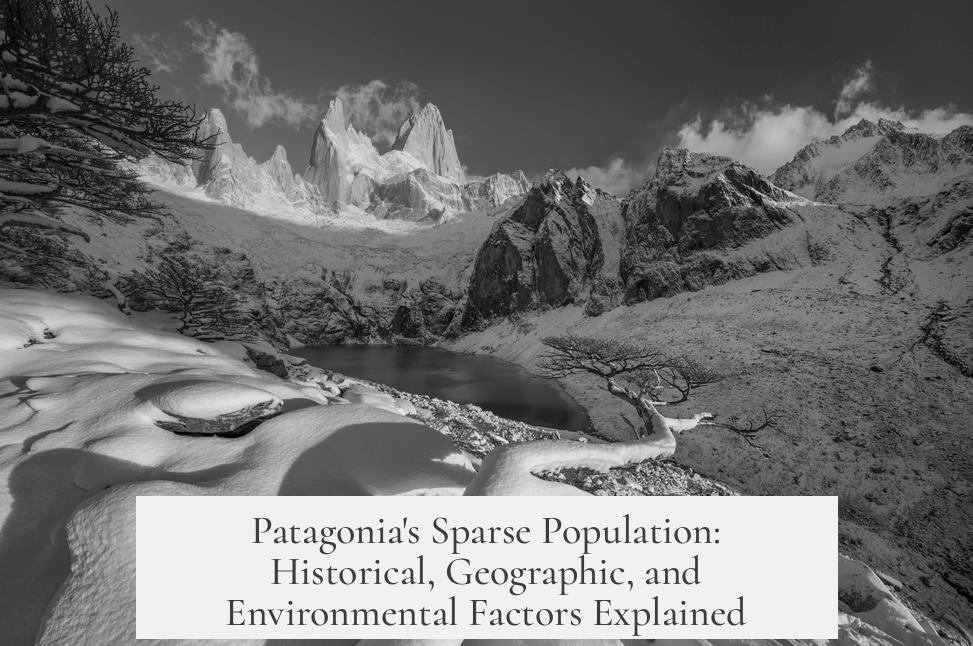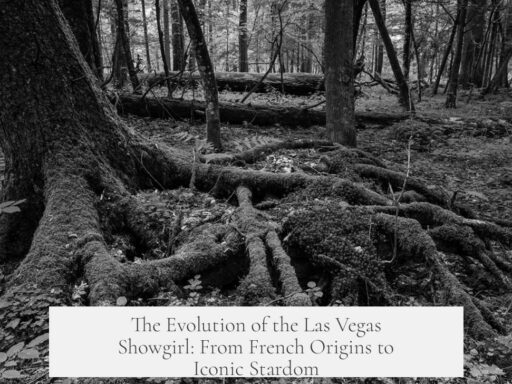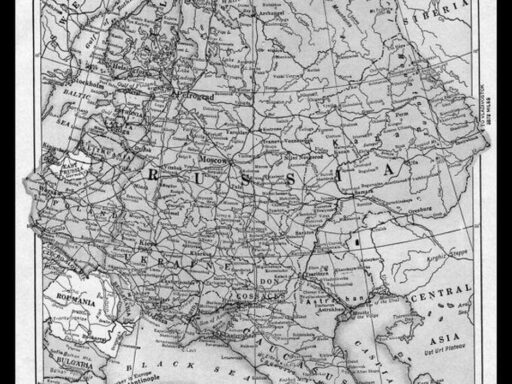Patagonia remains sparsely populated due to a confluence of historical, legal, geographic, and environmental factors that have shaped its settlement patterns over thousands of years. These factors work together to limit human habitation and have resulted in the region’s low population density.
One of the earliest influences on Patagonia’s population density is its challenging ancient environmental conditions. Archaeological studies reveal that Patagonia has been intermittently settled for 9,000 to 11,000 years. Early indigenous groups faced rapidly changing climates, volcanic activity, and shifting landscapes that disrupted resource availability. These changes forced nomadic populations to continually relocate or abandon areas temporarily. Such instability hindered the establishment of permanent settlements and contributed to a pattern of sparse, mobile habitation rather than dense communities.
In more recent centuries, state policies profoundly affected Patagonia’s demographic profile. During the late 19th century, Argentina’s government enacted laws aimed at controlling and expanding territorial claims in Patagonia. Law 215 of Land Occupation (1867) declared military authority over large stretches of land along the Neuquén River and ordered the subjugation or relocation of indigenous groups, such as the Mapuches and Aonikenk. This policy was enforced through the infamous Conquest of the Desert campaign beginning in 1878 under Law 947, with substantial funds allocated for military expeditions to evict or subdue native populations.
The Conquest of the Desert resulted in violent displacement and substantial loss of life, with reports documenting over 14,000 indigenous casualties and prisoners. This campaign dismantled the indigenous presence and fractured traditional social structures. The removal of native peoples not only emptied large tracts of Patagonia but also disrupted continuous human occupation and cultural ties to the land.
Following military control, Argentine authorities sought to populate Patagonia with European settlers through immigration policies. President Nicolás Avellaneda’s Law of Immigration and Colonization (1876) aimed to attract immigrants by offering land grants for farming and livestock. These plans encouraged exploratory expeditions into “uninhabited” lands and the establishment of colonies, including Welsh settlements like Gaiman, Rawson, and Trelew. However, the colonies remained small and sparse, mainly serving political and strategic functions rather than driving mass demographic growth. One reason was the region’s harsh environment, which limited large-scale agriculture and settlement expansion.
Geography and environment further restrict population growth in Patagonia. The Argentine part of Patagonia covers over one million square kilometers, nearly half of the nation’s land area. Most of this land is desertic or semi-arid, characterized by low rainfall, poor soil quality, and vast barren expanses. Although there are lush forests near the Andes and coastal rain in parts of Chilean Patagonia, much of the interior consists of dry steppes and deserts. These conditions are not conducive to dense human settlement or intensive agriculture.
Additionally, large sections of Patagonian land are privately owned in vast tracts. The scale of ownership, combined with the region’s difficult environment, discourages widespread farming or urban development. Infrastructure is limited, and transportation networks face challenges due to the terrain and sparse population. Such factors contribute to maintaining Patagonia’s low population density.
In summary, multiple issues sustain Patagonia’s sparse population:
- Indigenous peoples historically adapted to an unstable and harsh environment, preventing dense permanent settlement.
- 19th-century Argentine laws and military campaigns forcibly removed native populations, depopulating large areas.
- Efforts to promote European immigration produced only small, scattered colonies, insufficient for large-scale population growth.
- Geographic and environmental challenges, especially extensive arid and desertic zones, limit the region’s attractiveness and capacity for dense human habitation.
- Private land ownership and limited infrastructure further restrict settlement expansion.
| Factor | Description | Impact on Population Density |
|---|---|---|
| Early Environmental Instability | Rapid changes in climate and volcanic activity over millennia | Forced nomadic lifestyles; discouraged permanent settlements |
| 19th Century Laws & Military Campaigns | Land Occupation Laws and Conquest of the Desert forcibly removed indigenous populations | Depopulated the area; halted indigenous population growth |
| Immigration Policies | European colonization efforts created small settlements but did not greatly increase population | Population growth remained limited; settlements scattered |
| Geographic & Environmental Conditions | Predominantly desert landscape; poor soil and limited water | Limited agriculture and urban development, restricting population density |
| Land Ownership & Infrastructure | Large private landholdings and poor infrastructure connectivity | Restricted settlement expansion and economic opportunities |
Patagonia’s sparse population results from a combination of historical dispossession, environmental hardship, and limited colonization effectiveness. These factors continue to influence migration, economic activities, and settlement patterns today.
- Long-term environmental instability shaped early nomadic indigenous settlement patterns.
- Legal and military actions in the 19th century forcibly displaced native populations.
- Immigration and colonization by Europeans created small, scattered colonies.
- Predominantly arid and desert terrain limits large-scale human habitation.
- Land ownership patterns and limited infrastructure restrict population growth.
Why is Patagonia so sparsely populated?
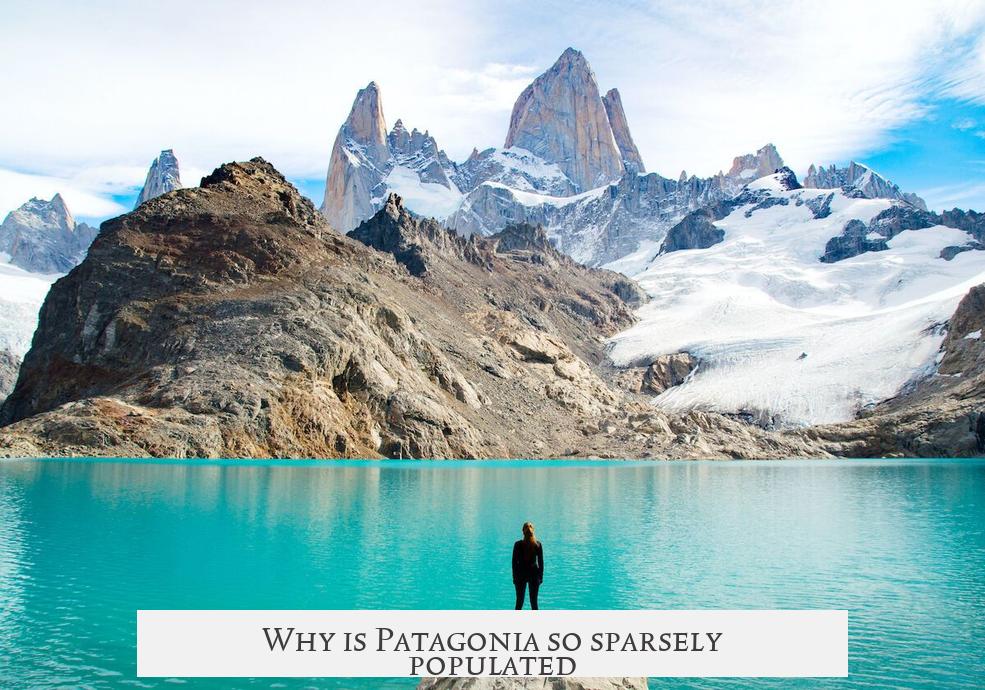
Patagonia is so sparsely populated because of its harsh environmental conditions, complex historical events including indigenous displacement, and challenging geography that has resisted dense settlement despite several colonization efforts. The region’s low population density isn’t a mystery solved overnight. Instead, it’s a tale shaped by millennia of adaptation, conflict, and nature’s stern rules.
Let’s take a journey—imagine Patagonia not as an empty stretch of wind and mountains but as a living story. One that blends ancient survival with political strife and geographic stubbornness.
Ancient Challenges: A Land That Refused Easy Living
Archaeological evidence shows humans have called Patagonia home for roughly 9,000 to 11,000 years. Early inhabitants lived through relentless climate and geological changes. Imagine trying to set up camp while dealing with rapidly shifting humidity, plant life that comes and goes, and volcanic eruptions changing the landscape underneath your feet.
This dynamic environment forced people to keep moving, never settling permanently in one spot for too long. Their nomadic lifestyles were shaped by the land’s quirks, and survival was all about adapting to constantly changing conditions.
The key takeaway? Patagonia’s early settlers were skilled wanderers, not settlers in the modern sense. Such environmental volatility naturally limits population growth and permanence.
The Heavy Price of Colonization and Conflict
The 19th century brought profound changes. Argentina’s government passed the Law of Land Occupation in 1867, aiming to extend control over Patagonia. But this didn’t happen quietly—it came with dramatic and tragic consequences.
This law mandated military actions against indigenous nomadic tribes like the Mapuches and Aonikenk, who resisted “subjugation” and defended their ancestral lands. The so-called Conquest of the Desert (1878) was essentially a military campaign to seize these territories, backed by significant funding (over 1.6 million pesos fuertes!). The result? More than 14,000 indigenous people were killed or captured, and millions of hectares were annexed by Argentina.
Does that sound like fertile ground for population growth? Not exactly. The violent upheaval, followed by displacement and loss, left a population vacuum. Even after the conflict, the scars on the social fabric slowed down any rapid demographic expansion.
Colonization Efforts: A Slow and Steady Drip, Not a Flood
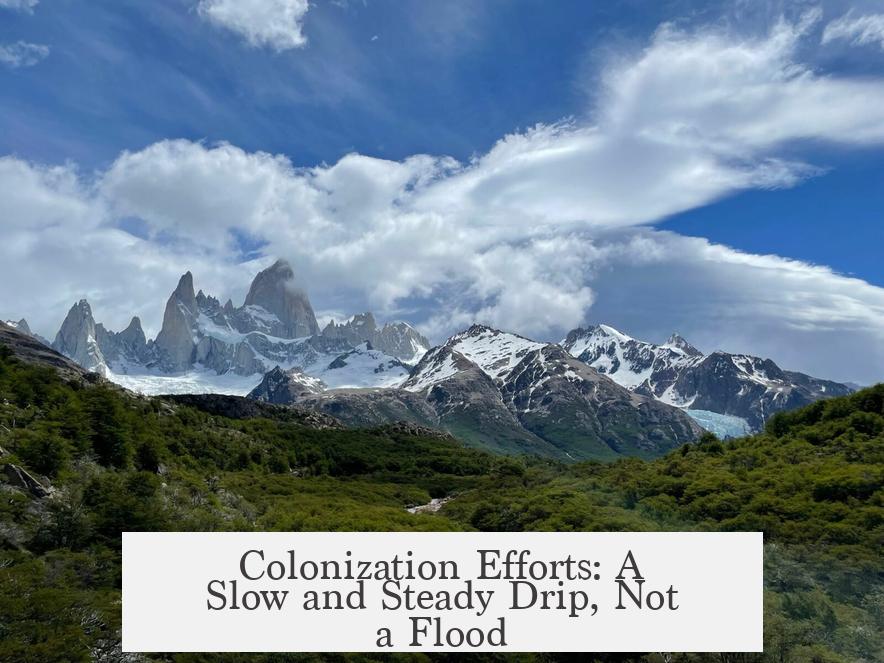
In an attempt to boost population and economic viability, successive presidents launched policies inviting European immigrants. President Nicolás Avellaneda, for example, introduced the Law of Immigration and Colonization in 1876. The idea was straightforward: attract settlers with promises of free land for farming and cattle-raising.
Welsh settlers already maintained colonies like Gaiman and Rawson, and new settlements like Trelew popped up after 1886. But these places remained small islands of civilization, little pockets rather than sprawling towns. Colonies served another purpose too—affirming Argentine presence against Chilean claims or encroaching Europeans.
Ultimately, these colonization efforts created *dots* on the map, not dense clusters. The populations generally stayed sparse, partly by design, partly due to the environment. The settlers faced tough terrain, unpredictable weather, and isolation.
Geographic and Environmental Obstacles: The Desert in Disguise
Now, here’s where many get it wrong. When people think about Patagonia, they picture endless green forests and stunning mountains. Sure, these are true near the Andes and along the coast. But the vast majority of the Argentine Patagonia is desert—roughly one million square kilometers, about half the country’s surface!
Much of this desert lies between the lush areas and is privately owned, making large-scale development difficult. Water, essential for both settlers and industries, is scarce in these zones. The harsh desert landscape offers neither the resources nor the comfort needed for dense, sustained human habitation.
This geographic reality—vast, arid lands punctuated by natural barriers like volcanoes and mountains—creates a natural limit. It’s like Patagonia sets the bar high for anyone hoping to call it home in significant numbers.
So, What Does This Mean for Patagonia Today?
Understanding Patagonia’s sparse population means coming to terms with a land that demands respect and resilience. It has tested humans for thousands of years, both through climate and human conflict.
For those interested in settling or visiting, it’s crucial to recognize that Patagonia isn’t just about breathtaking views. It’s about navigating a region that has historically defied easy living. Anyone looking to thrive here must approach with careful planning, respect for the land, and an understanding of its complex history.
Ever wondered why so few people live in such a beautiful place? Now you know—it’s a combination of ancient adaptations, brutal history, immigration attempts, and a tough, mostly desert environment.
Recommendations and Thoughts
- Researchers and historians: Study Patagonia’s complex past to understand indigenous resilience and colonization impacts.
- Travelers: Appreciate the sparse population as a unique opportunity to experience untouched wilderness that shaped human history.
- Policy-makers: Any plans for development must factor in logistical challenges posed by geography and infrastructure.
Will Patagonia ever see a population boom? Perhaps if climate and technology shift in the future, but for now, the region’s sparse population tells a fascinating story: not one of emptiness, but of survival, struggle, and the stubborn power of nature.
